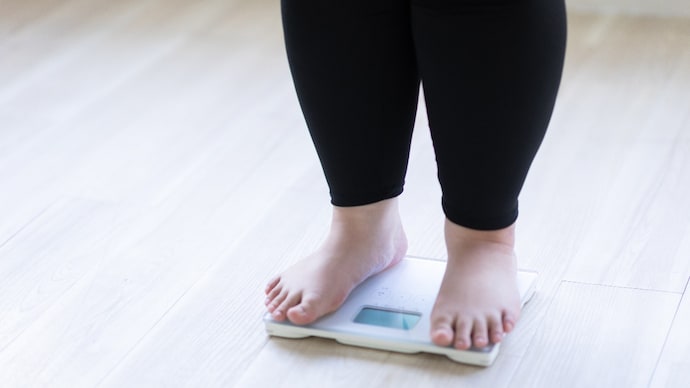After PM’s ‘silent crisis’ warning, India first drafts obesity guidelines
India is developing its first national obesity guidelines to overcome the growing health crisis. The new plan will focus on early intervention, prevention and use of emerging treatments.

In the first one, the government is working on a national obesity guideline for the management and treatment of obesity, which is continuously growing in the country, sources told today.
The first meeting on this subject was recently held under the chairmanship of the Director General of Indian Council of Medical Research (ICMR) in the presence of officials of the Ministry of Health and Chief Endocrinologist, Nutritionist, Beriatric Surgeon, Diabetes experts and other medical experts.
India has never had its own national obesity guidelines; Health professionals have traditionally rely on WHO standards. The new initiative aims to create an Indian database, which complements the health surveys of the national family, making the causes, treatment and management strategies better.
On Independence Day, Prime Minister Narendra Modi warned Obesity is emerging as a “silent crisis” in India“If every family decides to reduce the use of cooking oil by 10 percent, it will benefit the nation’s health,” he said.
In 2018, ICMR issued guidelines for managing type 2 diabetes, including limited references to obesity. The document stated: “Weight reduction should be strived in obese persons through lifestyle modification, as a accessory with prudent use of drugs. In cases of sick obesity, bariatric surgery can be an option.”
The guidelines of upcoming obesity, however, will go beyond treatment, according to sources, will focus on initial intervention, prevention, screening and diagnosis.
Interest in weight loss has increased in recent years, partially due to the availability of new drugs that mimic the gLP -1 and GIP receptor agonists such as intestinal hormones, which press the hunger and slow digestion to help in assisting weight loss.
These drugs, which are already widely used internationally, are gaining popularity in India not only among diabetic patients, but also among those wishing to lose weight beyond diet and exercise. The guidelines are expected to address the use of such drugs under medical supervision.
Earlier this year, the ICMR-Nanital Institute of Notrition issued 2024 to dietary guidelines for Indians, which emphasizes a healthy lifestyle adopting, limiting salt intake, improving cooking methods and reducing the consumption of high fat, high-sugar and ultra-processed foods. The guidelines of new obesity will address strategies for prevention of obesity, its reasons and prevention in early stages.
Currently, one of the four Indians struggles with obesity. Its prevalence in both urban and rural population has been three times in the last decade. According to NFHS-5 (2019–21), 24 percent of women and 23 percent of men suffer from overweight or obesity. Childhood obesity (under five years of age) also increased from 2.1 percent in NFHS -4 to 3.4 percent in NFHS -5.
A study published in Lancet Regional Health – South Asia in July 2023 states that the body mass index (BMI) alone is inadequate to assess obesity.
NFHS-5 introduced the waist circumference as a remedy, showing that 40 percent of women and 12 percent of men in India have abdominal obesity. In women in the age group of 30–39, this figure increases by 49.3 percent, and among people aged 40–49, it is 56.7 percent.
By BMI alone, however, only 23 percent of women fall into obesity -prone category – stating that many “healthy” BMIs still have stomach obesity.
Regional inequalities are Starks: Kerala (65.4 percent), Punjab (62.5 percent), Delhi (59 percent), and Tamil Nadu (57.9 percent) have the highest abdominal obesity, while Jharkhand (23.9 percent) and Madhya Pradesh (24.9 percent) are shown.
Abdominal obesity was firmly found to be a high proliferation in the Sikh community, between the old age, urban habitat, high income, non-vegetarian diet, and both men and women.






